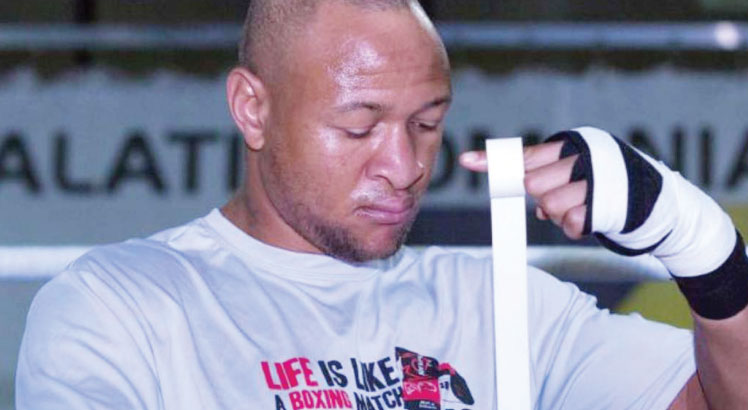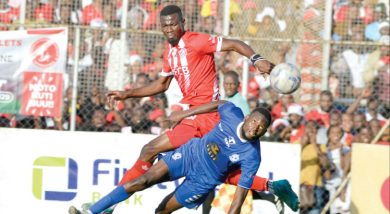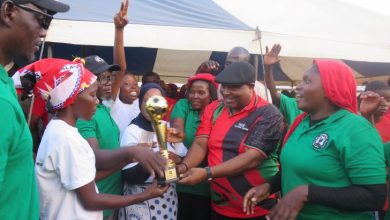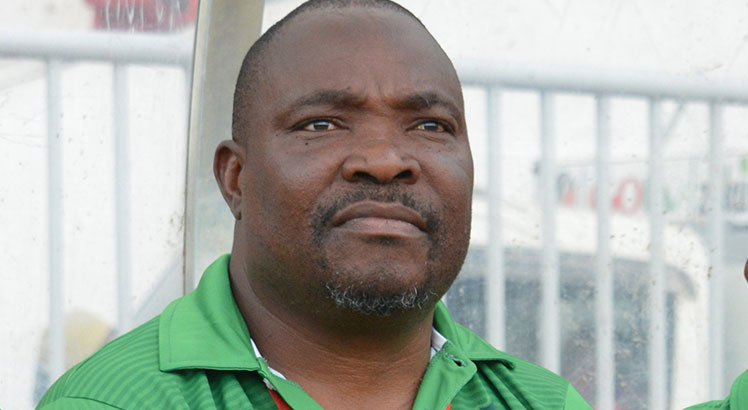Lack of structures affect junior Flames progress
Lack of academies, qualified coaches and resources, selection of over-aged players as well as inadequate tournaments, have been cited as reasons behind the national junior teams’ struggles at international tournaments, coaches and analysts have observed.
Since the inception of the Under-20 Cosafa Championship in 1999, Malawi has in 20 attempts reached the final once in 2003 when they lost 4-0 to Zambia.
As for the Under-17, they qualified for the final in 2001 and won on home soil after beating South Africa 3-0.
However, the story is different for neighbouring countries as Zambia has won Cosafa Under-20 a record 12 times and the Under-17 competition twice while South Africa has won Under-20 Championship eight times the Under-17 Championship thrice.
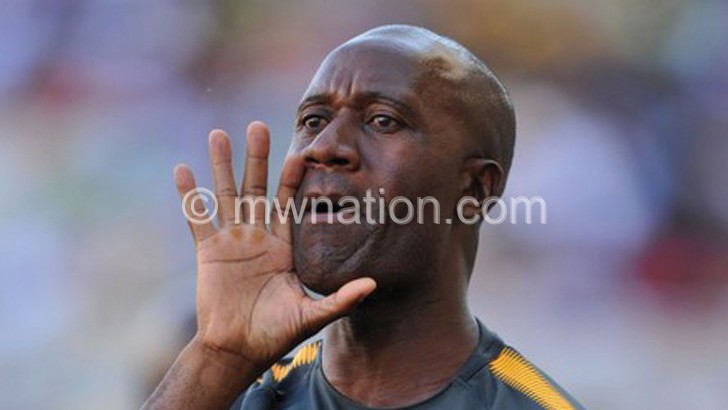
Zimbabwe has won the Under-20 competition six times and the Under-17 tournament once.
Under-20 national football team coach Patrick Mabedi, National Youth Football Association chairperson Tiyenkhu Chavula and National Football Coaches Association chairperson Aubrey Nankhuni said there is need for soul-searching on Malawi’s continued struggles in the regional tournaments.
Mabedi, who was once caretaker coach for South African DStv Premiership giants Kaizer Chiefs, said with poor football development structures, it makes it difficult for Malawi youths to be successful in competitions.
He said: “For instance, in South Africa each top-flight league club is supposed to have Under-nine, Under-15, Under-17 and Under-19 teams that play football every week. In that way, player development flows in all stages. They borrowed the same model that is used in Europe.”
Mabedi added that junior players in other countries frequently engage in international friendly matches for exposure while Malawi wait for the annual Cosafa event.
“The other thing is that most youth football coaches do not have the expertise on how to develop players from the grass roots. They need special training on that aspect because mentoring young footballers is different from coaching top league players,” he said.
The former Flames captain said that when he was drilling Under-20 players ahead of the just-ended Cosafa Youth Championship, there were some talented players who could not be picked because they struggled with some of the basics.
“It was a surprise to see a 17-year-old player failing to control the ball, make a pass or even a tackle. It becomes a challenge to polish that sort of a player to be ready for an international tournament,” Mabedi said.
On his part, Chavula said the other challenge is the tendency of picking old players for junior national teams.
He said: “It has to be understood that junior players have to be playing together in the national youth teams for sometime before they can graduate into the senior team to give them ample time to gel.
“For instance, we can have a sustainable Under-20 national team if we let the majority of players be those aged 17 and below, not the 19-year-olds. Our focus should be on developing the players and not winning competitions.”
He added that lack of adequate resources in the youth football system is another setback.
Chavula said: “In countries such as Zambia, there is a deliberate policy that demands the government and the corporate world to put resources together for youth football development. Clubs are given materials such as uniforms, boots and balls. But here, youth clubs do this on their own.”
Nankhuni said countries such as Zambia and South Africa do well at Cosafa events because they have well-structured youth development systems.
He said: “In Zambia and South Africa, once potential talent is spotted to play on the international stage, let’s say at age 10, they are entered into a tracking system, fully supported and grow together in all the junior national team stages.
“Moreover, every three months, the junior players have camps and play some international friendlies. This means the juniors have at least four international games annually before going to Cosafa events. That way, the players build strong bonds and cohesion. There is no need to call players for camping only when we are approaching the Cosafa event.”
Sports analyst Kevin Moyo blamed it on the methodology used to identify talent.
He said: “We cannot identify quality athletes in the same year of a particular tournament. It takes about five years to develop a quality athlete.
So, we need to identify talent at its infancy, mostly at primary level then work on its development which will encompass quality coaches good training facilities.


